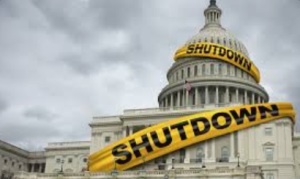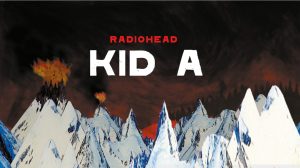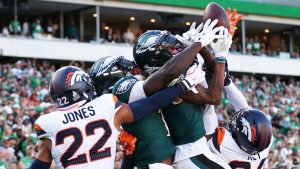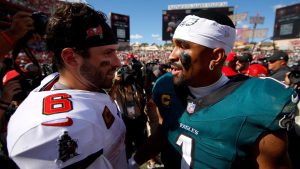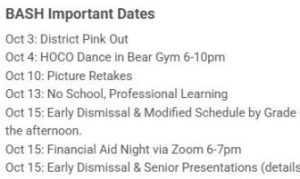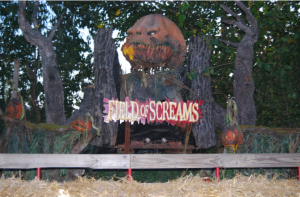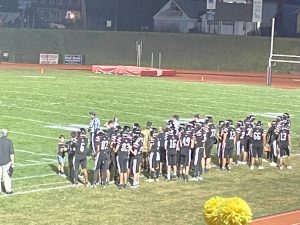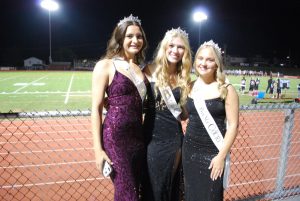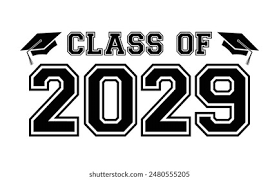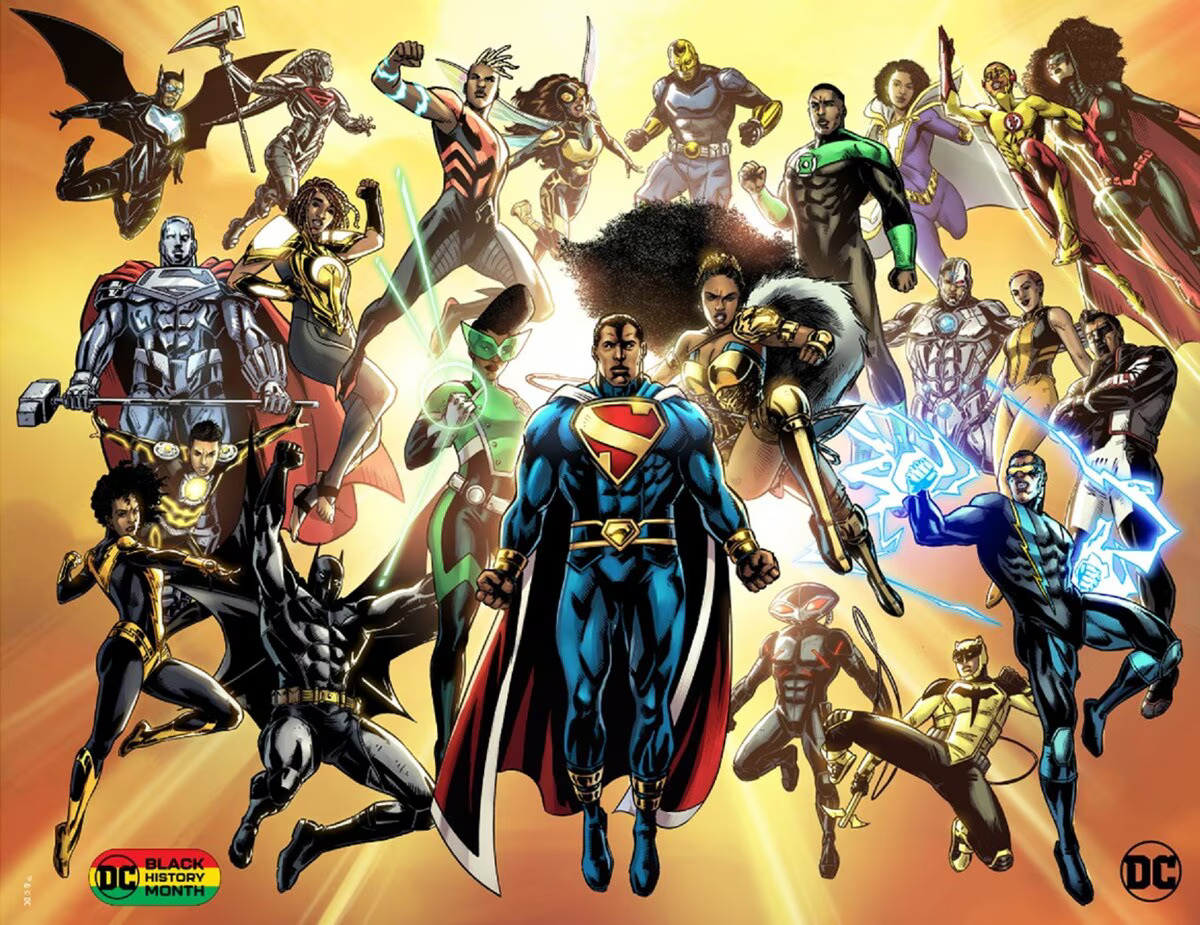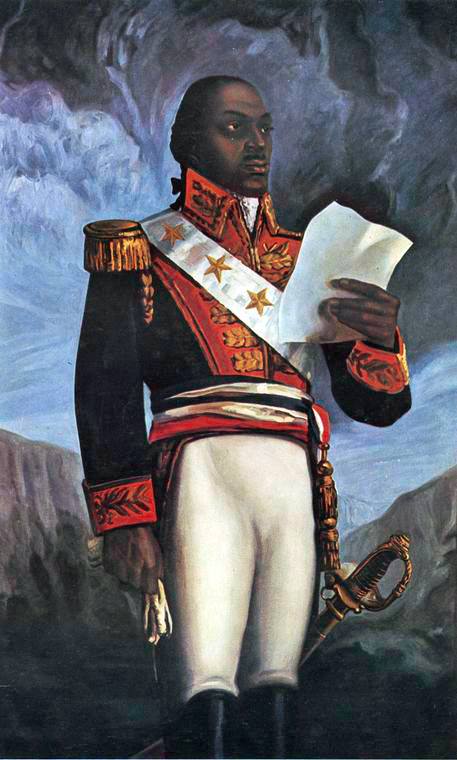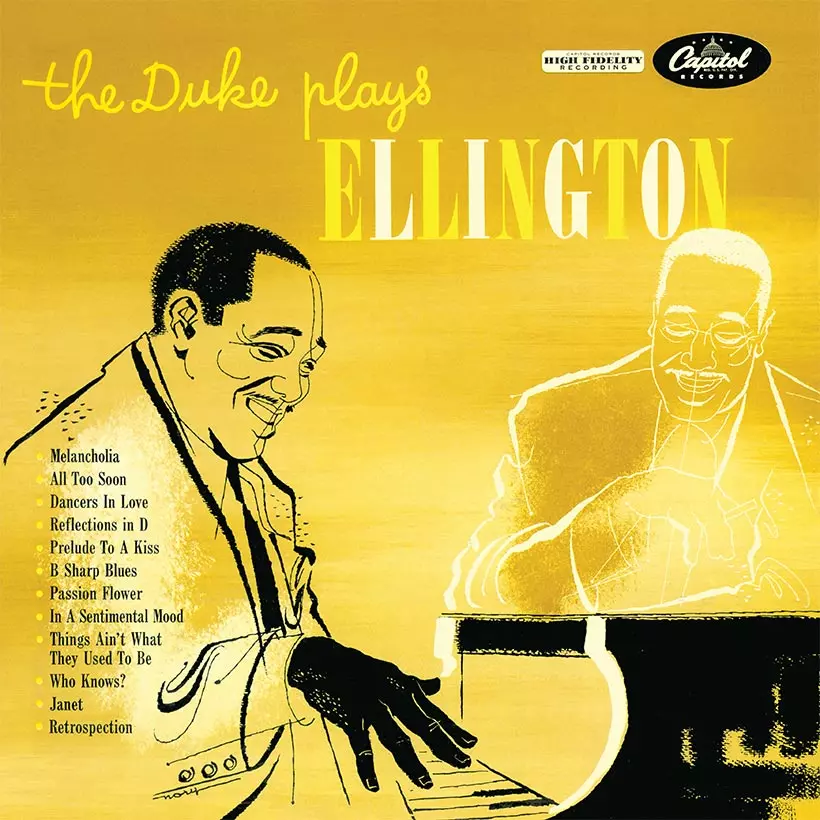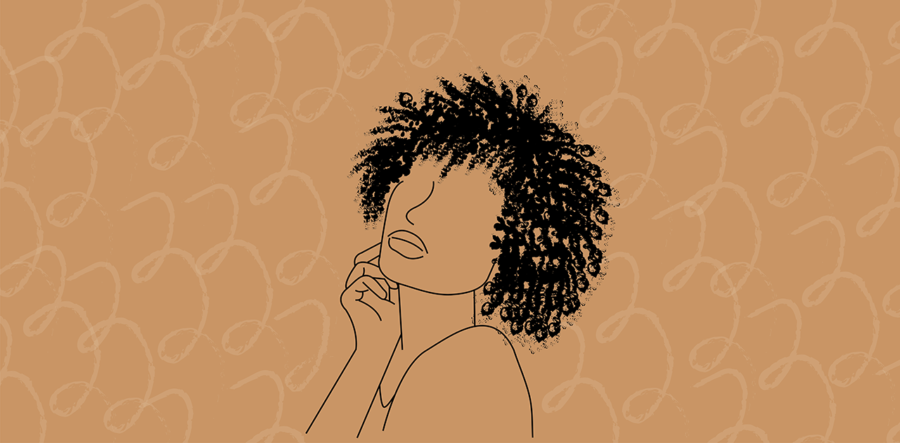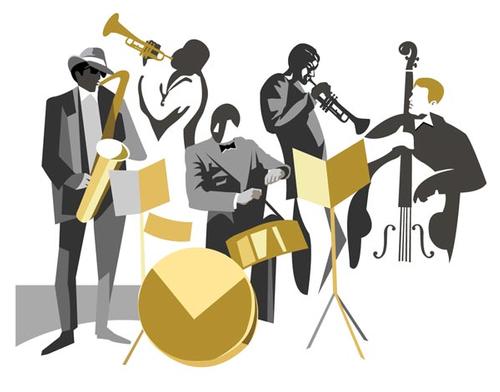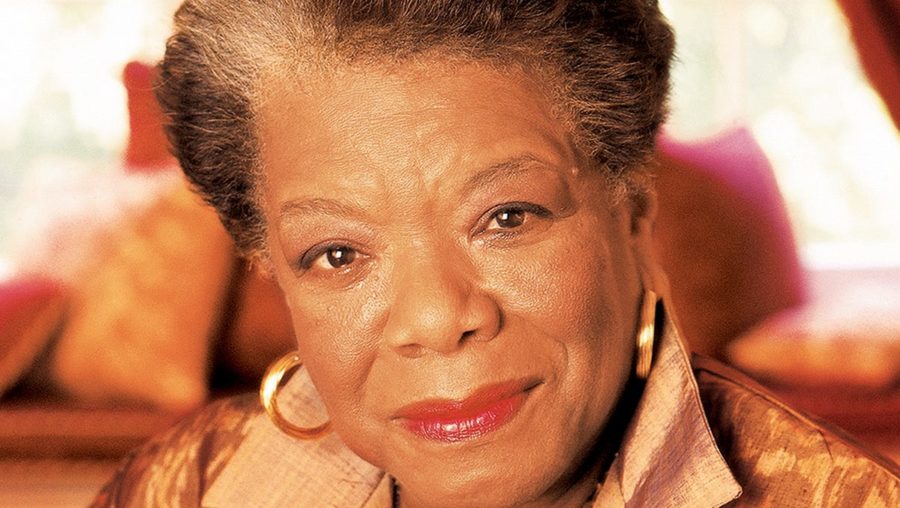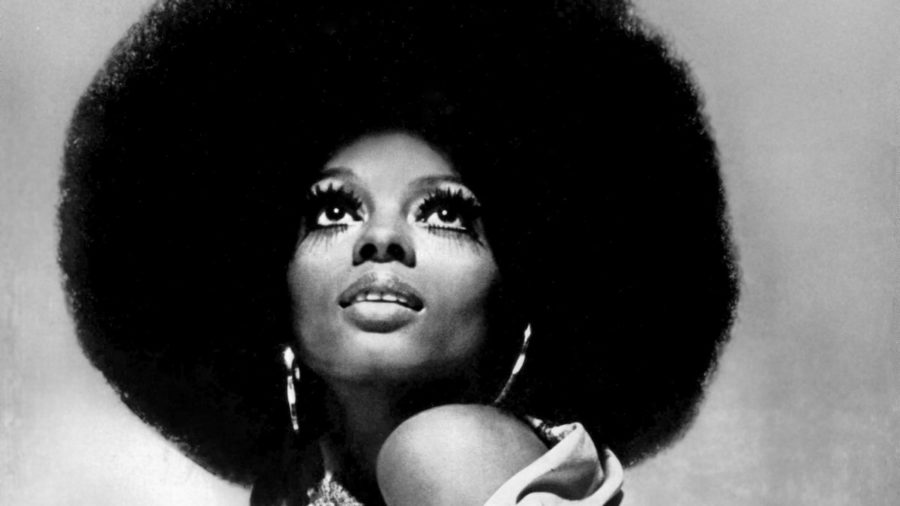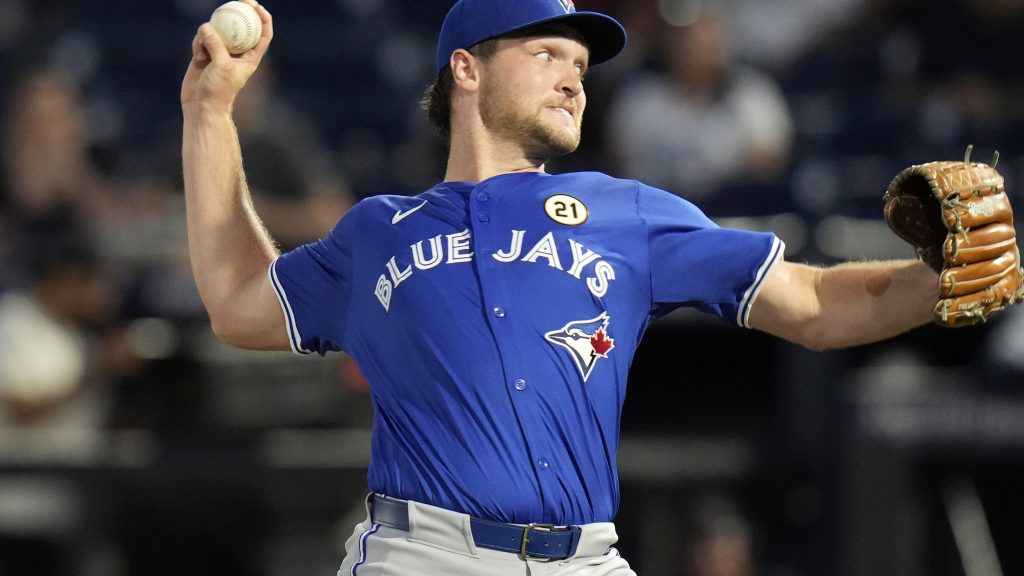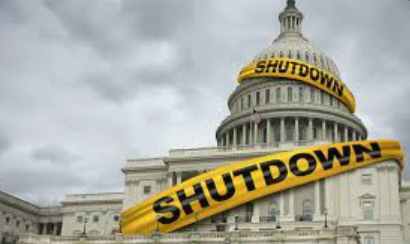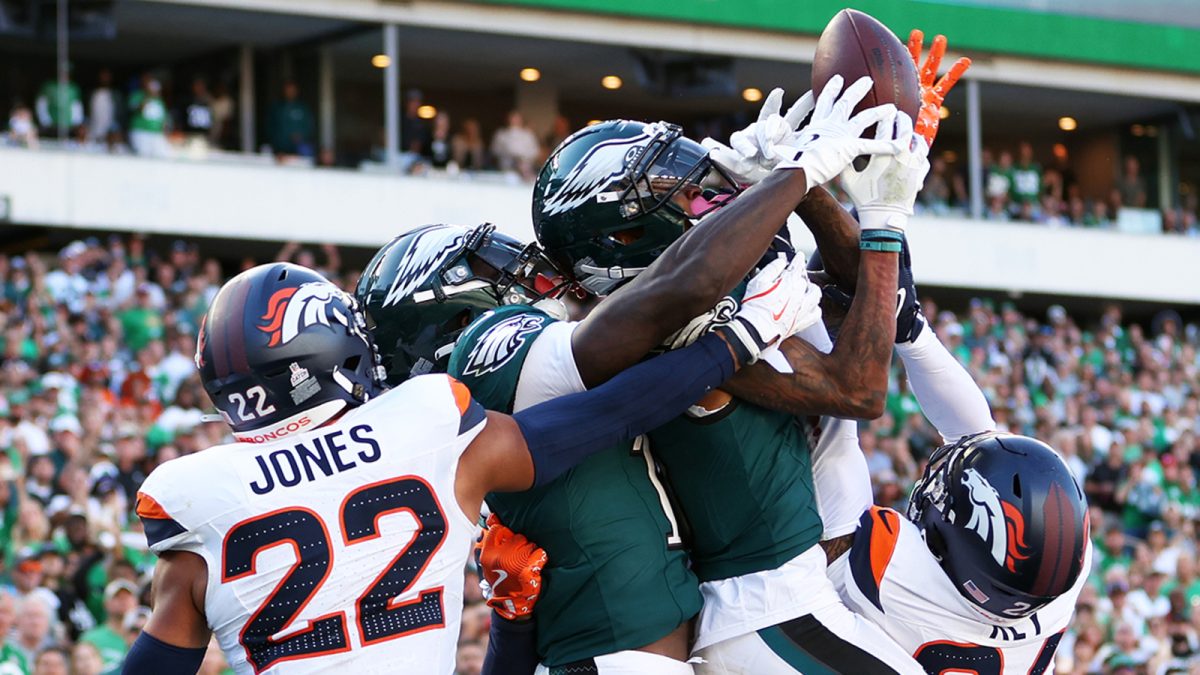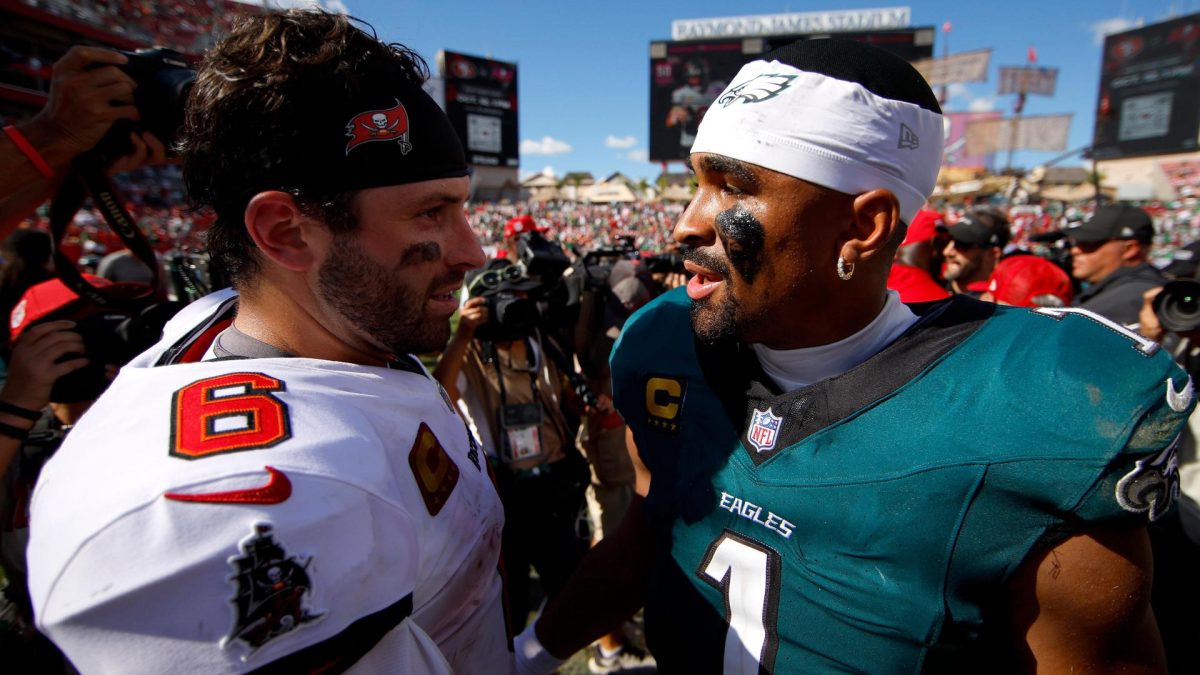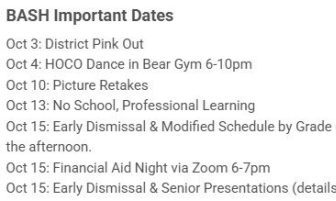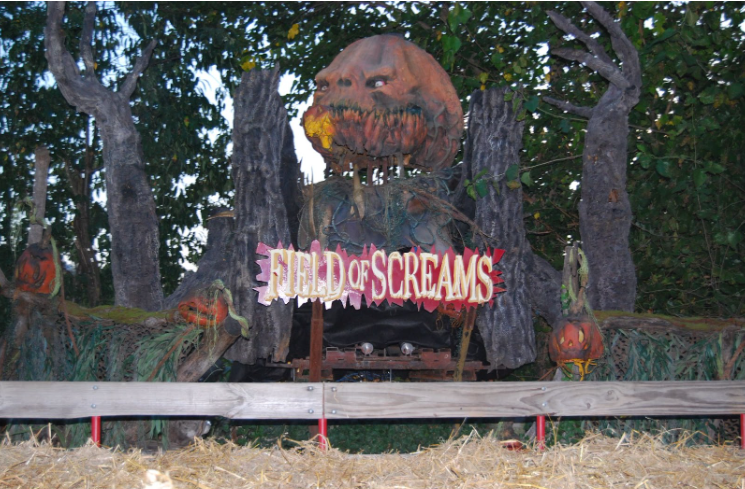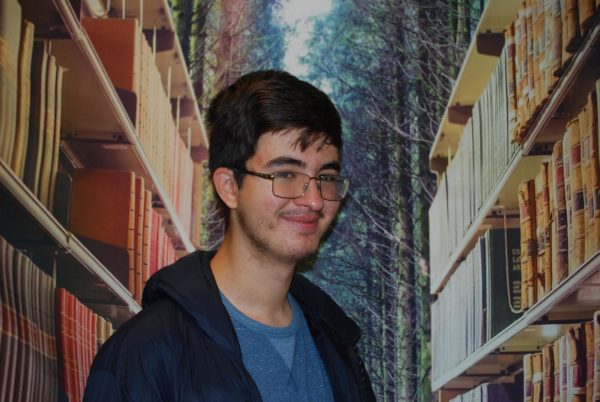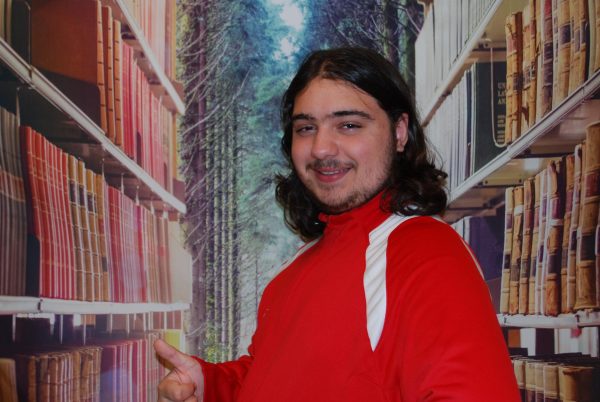With Captain America: Brave New World coming out February 14th, superheroes are once again in the mind of the mainstream populace. In the newest movie Sam Wilson, a Black man formerly known as the superhero Falcon, will have to take on the role of the new Captain America and any challenges a Black man holding the stars and stripes of a historically highly segregated nation might face.
If it’s anything like the show before it, The Falcon and The Winter Soldier, then it’s sure to show many of the ways that Black people were mistreated throughout history through characters like Isaiah Bradley. Fiction, however, is often a mirror of our reality, for better or for worse. Many Black comic book superheroes faced unequal treatment even in their creation, and as such it’s important to recognize these characters for both the people they are and the context in which they were written.
Lion Man
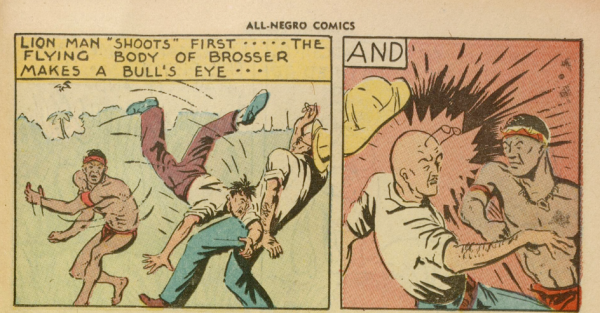
Debuting in 1947 in All-Negro Comics #1, an anthology series featuring only Black characters, Lion Man was the first Black superhero to appear within the genre. Lion Man was a scientist tasked by the United Nations to make sure that a large deposit of uranium didn’t fall into anyone’s hands. Despite lacking any powers, he was skilled in hand-to-hand combat. Unfortunately, A second issue of All-Negro Comics never came to be, as the publisher was unable to purchase the required newsprint.
Black Panther
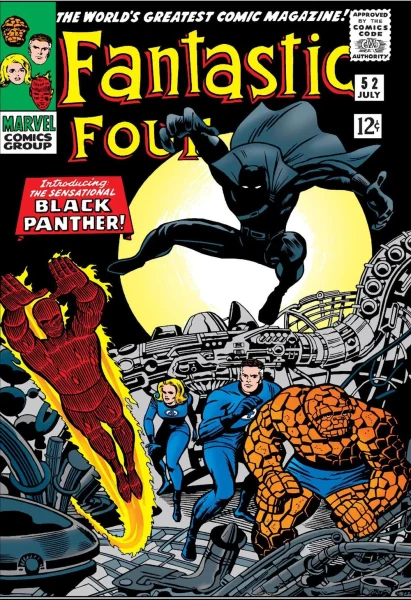
Making his first appearance in 1966’s Fantastic Four #52, Black Panther, real identity of T’Challa, was the first Black superhero to appear within mainstream comics. The king of the fictional nation of Wakanda, Black Panther has enhanced senses and physical characteristics gained from the nation’s unique “heart shaped herb.” Although Panther’s co-creators, Jack Kirby and Stan Lee, both have taken credit for suggesting the addition of a Black superhero, both gave similar reasons as to why, as they felt that the lack of Black superheroes was odd. Panther would join the Avengers in 1968, where he would make most of his appearances before getting his own solo adventures in 1972 within the second volume of Jungle Action, before finally receiving his own self titled series in 1977.
Black Panther would make his live-action debut in Captain America: Civil War portrayed by the late Chadwick Boseman, and would then subsequently receive his own solo film, which would make over $1.3 billion at the box office.”
Ferro Lad
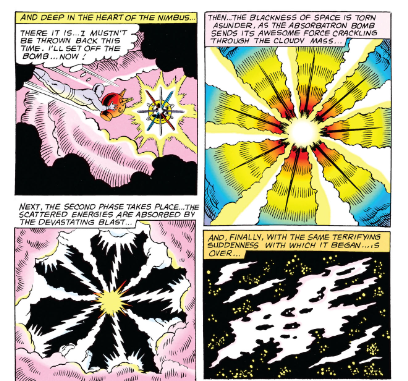
Debuting in Adventure Comics #346, just barely over a month after Black Panther, Ferro Lad, real identity Andrew Nolan, was a superhero created by writer/penciler Jim Shooter for DC Comics’ Legion of Super-Heroes line. Shooters original vision for character had him be a Black man who hid his face behind a mask.
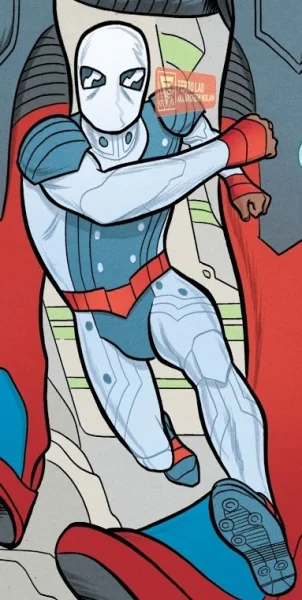
Shooter’s editor, Mort Weisinger, shot down the idea as he believed it would negatively impact sales in the south. Frustrated with being unable to make Ferro Lad Black Shooter would kill him off, just 7 issues after his first appearance, in Adventure Comics #353, the back half of the two part storyline “The Fatal Five.” Ferro Lad would sacrifice his life to save the galaxy from the sun-eater. Afterwards, at his funeral, the reason he hid his face behind a mask would be revealed to be due to him being a mutant with a “non-human face.”
54 years later, Shooter’s original vision would be realized with a new Black version of the character making his first appearance in Legion of Super-Heroes (2020) #8.
Sam Wilson
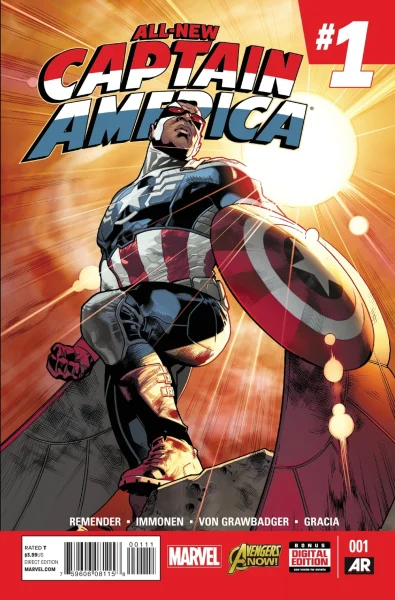
Making his first appearance in 1969, Sam Wilson, the first mainstream African-American superhero, was initially introduced as a social worker and falconer who answered a wanted ad for hunting falcon, only to find out that the ad was posted by a group of nazis led by Red Skull. While organizing the people the nazis had forced into servitude, Wilson encountered Steve Rogers, who he would later learn was actually Captain America. Captain America urged Sam to undergo training with him to become the hero Falcon and defeat the nazis.
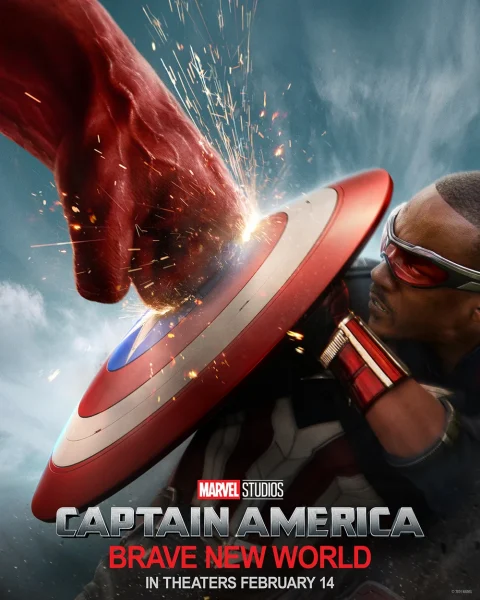
Through most of the 70s Falcon would work side-by-side with Captain America, with the series even being renamed to Captain America and Falcon for issues #134-222 (although Falcon was inexplicably absent from the title of #193). In 2014 Wilson would take up the title of Captain America, becoming the fifth person to hold the title. Wilson will also take up the mantle in the upcoming Captain America: Brave New World.
John Stewart
Despite previous attempts and having several non-superhero Black characters, it took until 1972 for DC to finally create a Black superhero. John Stewart, the fourth character to hold the title of Green Lantern, is an African-American architect who initially acted as a back-up to then Green Lantern Hal Jordan (after his other back-up, Guy Gardner, was hit by a bus) before eventually becoming a full-time Green Lantern as well.
Stewart’s creator, Neal Adams, drew issue with lack of Black superheroes in comics as he believed it was unrealistic that the only people qualified to be superheroes were all white. In an interview with Allen W. Wright, Adams recounted a conversation he had with then editor Julius Schwartz, “you watch the Olympics?…Well, okay, how often do you see three white guys up there? You usually see Black guys and White guys and Asian guys. You rarely ever see three white guys…I just find it hard to think that the ring is going to go out and find another Protestant white guy.”
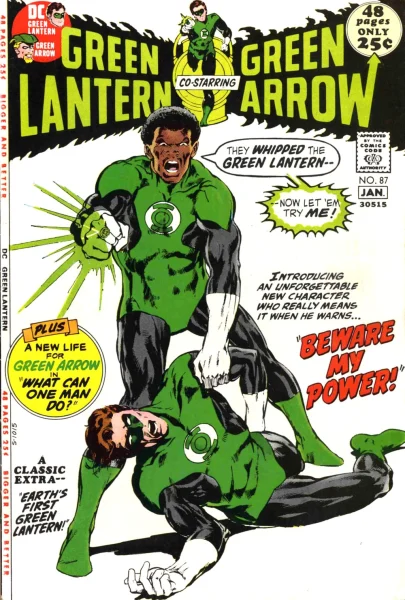
Adams also had issue with the way Black people were drawn in comics at the time, stating in the same conversation that “as far as I know I’m the only guy in comic books that can draw Black people. I mean even the Black artists draw White people when they draw Black people. Because nobody lets them do it right. Or they’ve been trained by other people to draw everybody looking white and then put a little extra colour on them.” Stewart also played a major role in DC’s animated Justice League and Justice League Unlimited shows where he was voiced by Phil LaMarr. In the upcoming Lanterns series he will be portrayed by Aaron Pierre.
Milestone
In 1993 a group of Black creators formed Milestone Media, a company pushing for more diversity in comics. While most of their comics focused on Black characters, Milestone had a much larger concentration of other minority characters than other comics did at the time.
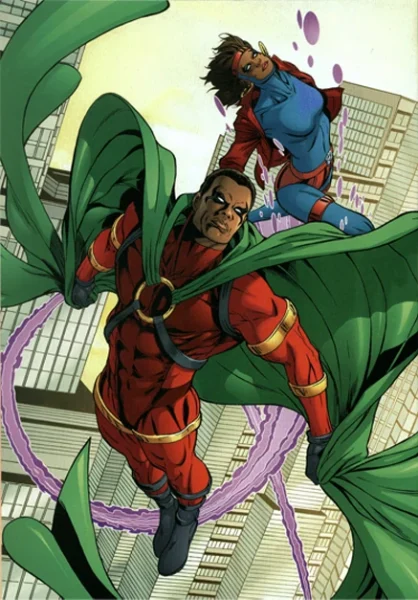
Although all Milestone comics were published by DC comics, DC lacked any editorial control over the content, allowing the creators making the comics to cover more controversial issues of the time. Milestone’s biggest character is generally considered to be Static, a Black teenage superhero who gained his powers from the “Big Bang,” an incident where police used an experimental chemical to break up riot. Static would receive a 4 season animated show in the early 2000s in which he would be voiced by Phil LaMarr.
Milestone would go defunct in 2008 and its characters would be folded into DC’s main universe in 2011 after the “New 52” reboot. In 2015 Milestone would be reformed and its characters would return to being part of their own universe, although this incarnation would be a reboot so that more modern problems could be focused on. Despite the new Milestone lacking any ongoing series it would still have several limited series, with some releasing as recently as last year.
Miles Morales
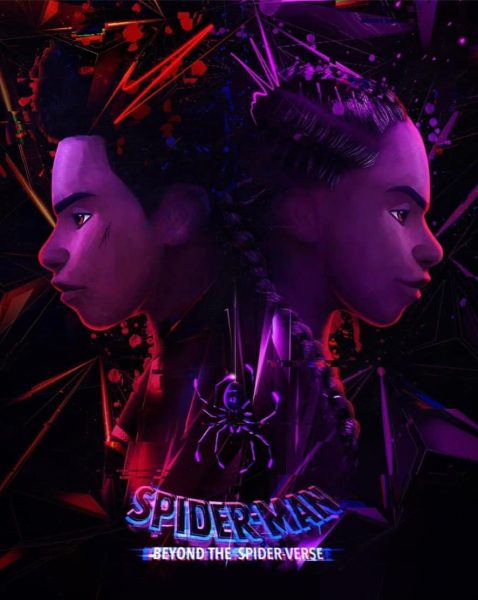
Making his first appearance in 2011, Miles Morales is an Afro-Puerto Rican incarnation of Spider-Man originally from the alternate “Ultimate” universe. In this universe miles would take up the role of Spider-Man after Peter Parker died fighting the Green Goblin. Miles has all the regular Spider-Man Powers and additionally has a “Venom Blast” an ability that shoots Bio-Electricity from his body. Miles would have his own solo adventures in the Ultimate universe until 2016, where he and his history would be brought into the main 616 Marvel universe following the events of “Secret Wars.”
Miles has become a one of the most universally recognized Black characters in mainstream comic book media, appearing in Sony’s Spider-Man and Spider-Man 2 games, having his solo video game, two critically acclaimed animated movies with a third on the way, and several appearances in other TV shows and video games.
The history of Black superheroes is important as it allows us a better perspective on the society and norms regarding diversity relative to the time they were created. Making sure that there are characters that people can see themselves in is important, especially for younger people, as it allows them to see that people like them are not an abnormality and deserve to be treated with respect.

